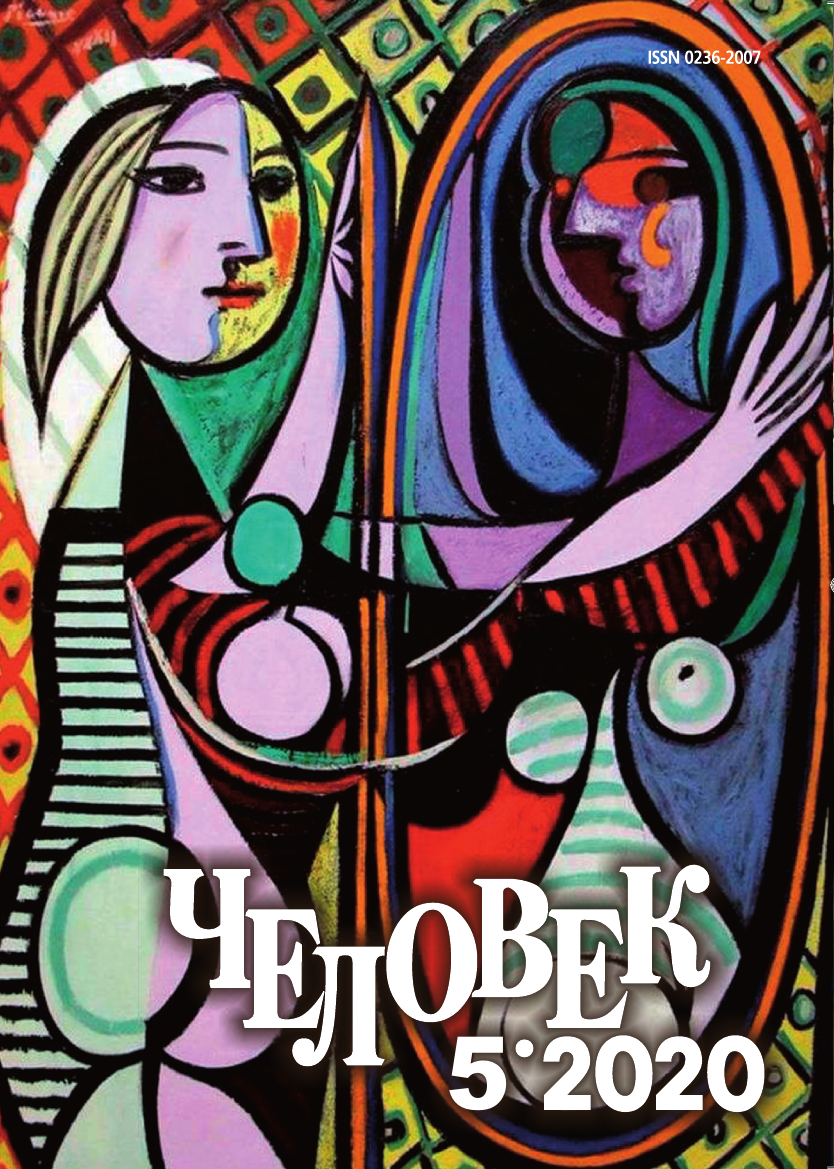Violence: Strategies of Its Representation
Keywords:
violence, representation, photography, cinema, social anthropology, J. Wall, G. Van Sant, I. KhrzhanovskyAbstract
The article focuses on the different strategies of representing violence that are found in the contemporary visual arts. Although violence itself is thematized and elicits neither a sense of horror nor condemnation on the part of the viewer, the most sensitive artists cannot remain indifferent to its place and role in human interaction. Studies of this kind include the work of the Canadian photographer J. Wall created in the wake of the War in Afghanistan (1992) and two cinematographic statements, namely, G. Van Sant’s film “Elephant” (2003) and “Dau” (2019), a multimedia project by the Russian filmmaker I. Khrzhanovsky. By means of photography Wall creates an allegory which suggests that there is no way the viewer can understand (i.e., apprehend, experience) war. The viewer is thus fully excluded from the event in question and can establish a relation to war only through this rupture. The American filmmaker G. Van Sant examines the events surrounding the Columbine High School massacre. His approach is characterized by a markedly depsychologized narration, an emptying out of time and even of the content of the narrated events. In fact, the “Elephant” offers the viewer a gaze that he or she is basically incapable of adopting, be it the mechanical eye of the meandering camera or the mechanics of violence itself. Finally, the project “Dau”, consisting of a series of films, conducts an unprecedented anthropological experiment: nonprofessional actors-volunteers, coexisting on the film set, display violence in their everyday communication as a mode of their own socialization related to the Soviet and post-Soviet experience. Inscribed on the surface of their bodies, violence keeps recurring and Khrzhanovsky provokes its unintentional manifestation. What unites the three examples is the creation of such conditions of perception, where violence appears as a senseless act of trampling over life itself without any reasonable ground whatsoever.






